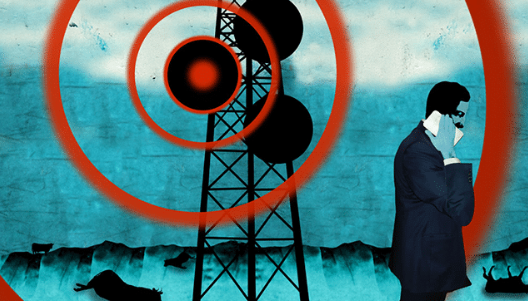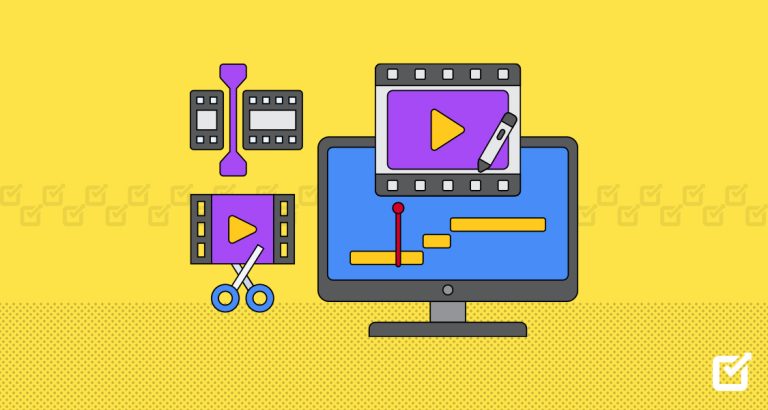How is AI Transforming Image-to-3D Model Generation in Modern Design?
In the ever-evolving landscape of modern design, artificial intelligence (AI) is playing a pivotal role, particularly in the realm of image-to-3D model generation. This technology, which involves converting 2D images into detailed 3D models, is revolutionizing various industries, from architecture and product design to gaming and virtual reality. By automating and enhancing the 3D modeling process, AI is not only increasing efficiency but also pushing the boundaries of creativity and precision.
The Traditional Approach to 3D Modeling
Before delving into how AI is transforming the field, it’s important to understand the traditional approach to 3D modeling. Traditionally, creating 3D models from images involved a labor-intensive process that required skilled artists and sophisticated software. These artists would meticulously craft models by interpreting 2D images and manually translating them into 3D forms using tools like Blender, Maya, or 3ds Max. This process, while capable of producing highly detailed and accurate models, is time-consuming and heavily reliant on the artist’s expertise and experience.
Limitations of Traditional Methods
- Time-Consuming: Creating detailed models manually can take days or even weeks.
- Resource-Intensive: Requires a high level of skill and extensive training.
- Inconsistency: The quality of the models can vary significantly depending on the artist’s proficiency.
AI and Image-to-3D Model Generation
AI has introduced a paradigm shift in the way image to 3D model generation is approached. By leveraging machine learning algorithms, particularly convolutional neural networks (CNNs) and generative adversarial networks (GANs), AI can automate and accelerate the process of converting 2D images into 3D models.
How AI Works in Image-to-3D Model Generation
AI-driven image-to-3D model generation involves training algorithms on vast datasets of paired 2D images and their corresponding 3D models. Through this training, AI learns to understand the relationships between 2D shapes, textures, and depths, enabling it to predict and generate accurate 3D structures from new 2D inputs.
1. Data Collection: AI systems are trained using extensive datasets that include various objects and environments captured in both 2D and 3D forms.
2. Learning Phase: The AI analyzes these datasets to learn patterns and features that correlate 2D images with their 3D counterparts.
3. Generation Phase: Once trained, the AI can generate 3D models from new 2D images by applying its learned knowledge to predict depth, shape, and texture.
Advantages of AI in Modern Design
1. Speed and Efficiency
One of the most significant advantages of AI in image-to-3D model generation is its ability to drastically reduce the time required to create detailed models. AI can process and generate models in a fraction of the time it would take a human artist, allowing for quicker iteration and prototyping. This is particularly beneficial in fields like product design and architecture, where time is often a critical factor.
2. Enhanced Accuracy and Consistency
AI can achieve a high level of accuracy and consistency in model generation. By eliminating human error and subjectivity, AI ensures that models are consistently accurate and detailed, adhering closely to the input images. This reliability is crucial in applications such as medical imaging and scientific visualization, where precision is paramount.
3. Scalability
AI’s ability to handle large volumes of data and generate numerous models quickly makes it highly scalable. This scalability is invaluable in industries like gaming and virtual reality, where vast environments and numerous objects need to be modeled. AI can efficiently produce the required assets, significantly speeding up the development process.
4. Cost-Effectiveness
By automating the labor-intensive aspects of 3D modeling, AI reduces the need for large teams of skilled artists, thereby lowering production costs. This democratizes access to high-quality 3D modeling, making it feasible for smaller companies and individual creators to produce professional-grade models.
Creative Possibilities
AI-driven image-to-3D model generation is also expanding the creative possibilities in modern design. Designers and artists can use AI to quickly explore different concepts and variations, experimenting with forms and structures that would be too time-consuming to create manually. AI can serve as a collaborative tool, providing inspiration and enabling new forms of artistic expression.
Overcoming Creative Blocks
AI can assist designers in overcoming creative blocks by generating multiple interpretations of a given concept. This can spark new ideas and directions, leading to more innovative and diverse designs. For example, in character design for games or animation, AI can generate various character poses and expressions, giving artists a broader canvas to refine their creations.
Ethical and Practical Considerations
- Data Bias: AI systems are only as good as the data they are trained on. Biased or unrepresentative datasets can lead to inaccurate or biased models.
- Dependence on Technology: Over-reliance on AI could potentially stifle creativity, as designers might become too dependent on automated processes.
- Quality Control: Ensuring that AI-generated models meet industry standards and are free from errors is crucial.
Conclusion
AI is undeniably transforming image-to-3D model generation in modern design, offering unprecedented speed, efficiency, and accuracy. By automating the complex and time-consuming aspects of 3D modeling, AI is enabling designers to focus more on creativity and innovation. While there are challenges to address, the potential benefits of AI-driven image-to-3D model generation are vast, promising a future where high-quality 3D models can be produced more quickly and affordably than ever before. As the technology continues to evolve, it will likely become an integral tool in the modern designer’s toolkit, driving new advancements and creative possibilities across various industries.






